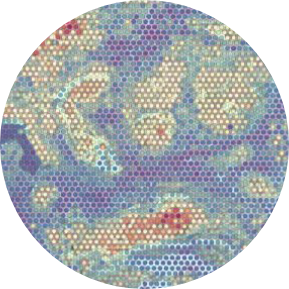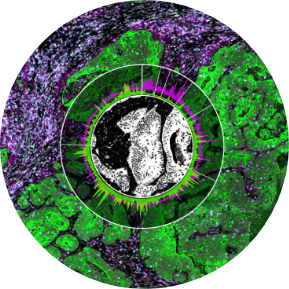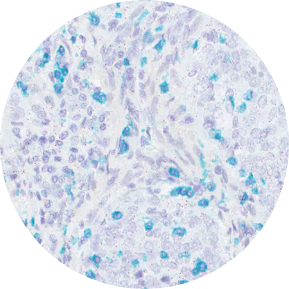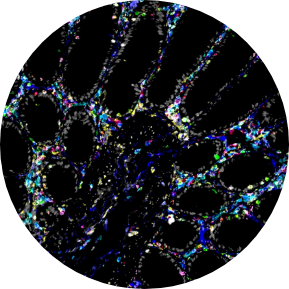About Technologies
The principle of “form follows function” is a well-known concept in architecture which also applies effectively to cellular biology. Essentially, the shapes of biological structures – ranging from nucleic acids to larger tissue formations – are determined by the specific functions they are required to perform. Additionally, given that cells exist within microenvironments, their roles are impacted by the surrounding network of cells which transmit and receive messages. Researchers are able to study cells within their tissue microenvironment through spatially resolved biology, which provides a more comprehensive understanding of cellular function. Nature Methods recognized spatially resolved transcriptomics as its Method of the Year and emphasized the potential for further advancements in technology. Despite the recent growth of spatial transcriptomics and proteomics methods in the last decade, scientists have long been striving to comprehend cellular function within a morphological framework.

Our Technologies

10X Genomics

Drug Development

ACDBio

